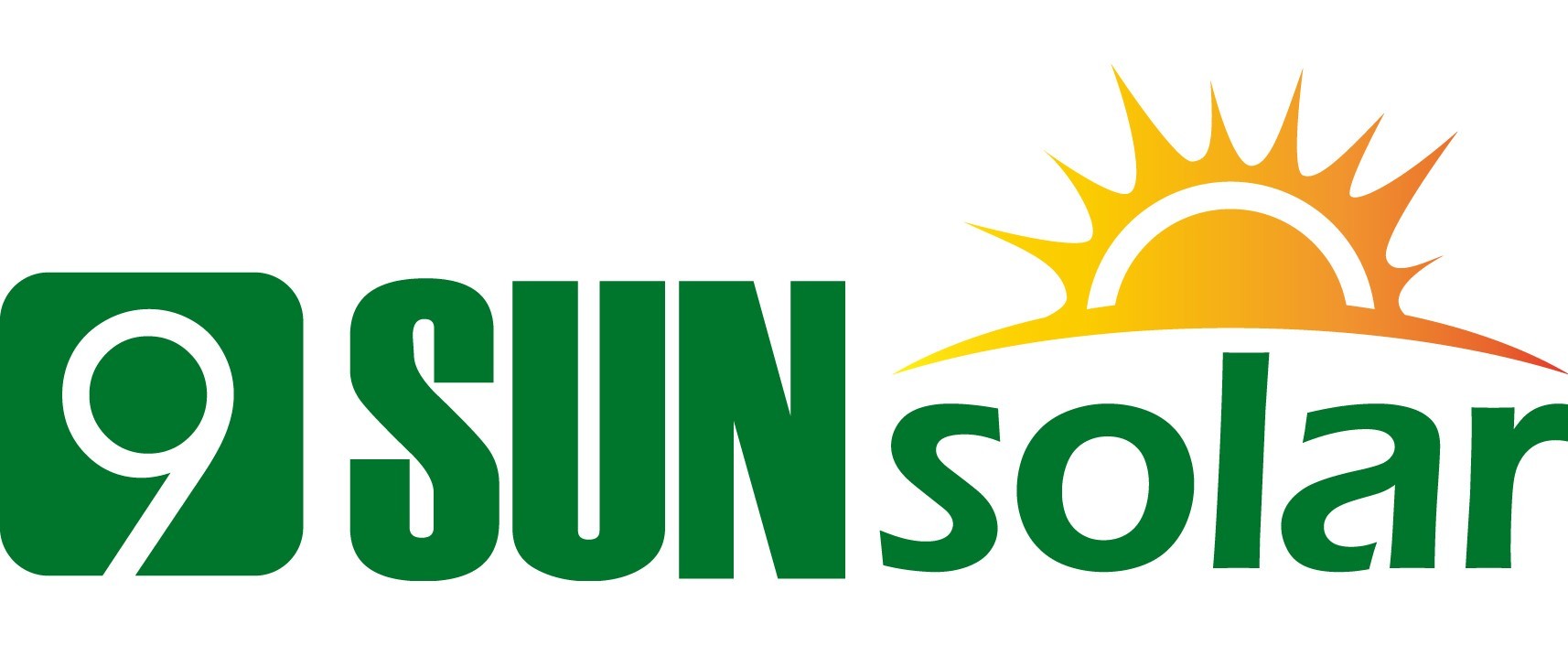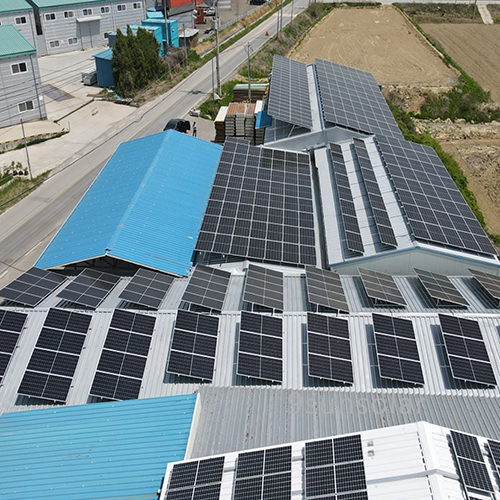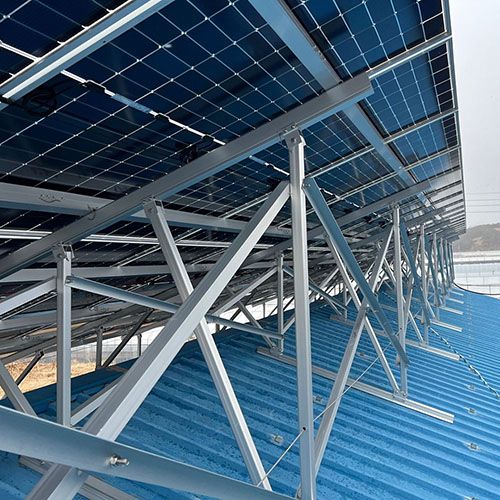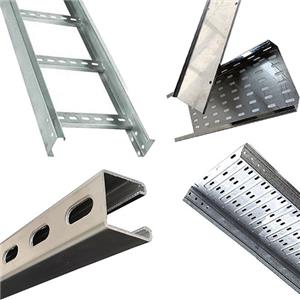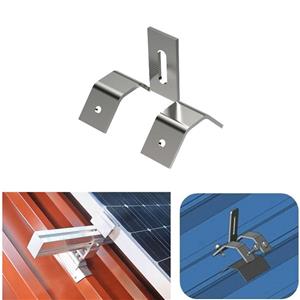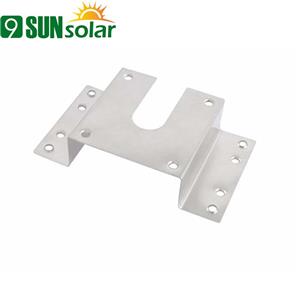What Are the Various Types of Roof-Mounted Solar Racking Systems?
The roof is often the most practical spot for installing solar panels, as it usually receives ample direct sunlight, remains unobstructed, and provides a sturdy base. Solar panels are securely fastened using large bolts, forming a roof-mounted solar system. Let's explore the different types of solar roof mounting systems available.
Solar roof mounting systems are typically divided into two categories: flat roof mounting systems and pitched roof mounting systems.
Pitched Roof Mounting Systems
Pitched roof mounting systems are widely used in residential solar installations. There are various options for mounting solar panels on sloped roofs, with railed and railless systems being the most common. Both types require roof penetration or anchoring, typically using roof clamps or roof hooks, whether installed on the rafters or directly on the roof deck.
Standard residential solar setups use rails attached to the roof to hold the panels in place. Each panel is mounted either horizontally or vertically on two rails, which are secured with roof clamps or hooks. The rails are bolted to the roof, with flashing applied around the bolts to ensure a watertight seal.
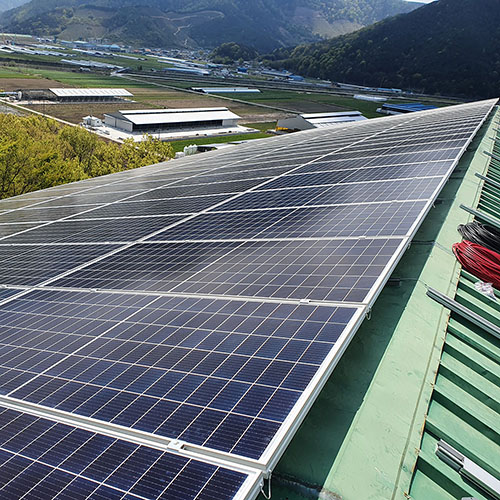
Railless roof mounting systems, in contrast, use hardware that attaches directly to bolts or screws driven into the roof. In this design, the solar module’s frame effectively serves as the rail. This reduces the number of components, speeds up installation, and allows for more flexibility in the orientation of the panels.
Flat Roof Mounting Systems
Flat roof mounting systems are commonly used for commercial and industrial solar projects, such as those on large stores or manufacturing facilities. While these roofs may have a slight slope, they are much flatter than residential roofs. Flat roof solar installations typically use concrete ballast systems.
These systems are relatively easy to install, often benefiting from pre-assembly due to the flat surface. Most ballast systems feature a component called a "foot," a tray-like structure that holds a ballast block at the bottom and supports the solar panel at the top. The panels are typically tilted between 5° and 15° to capture the most sunlight. The amount of ballast needed depends on the roof's load capacity, and in some cases, penetration may be required if the roof cannot support the extra weight.
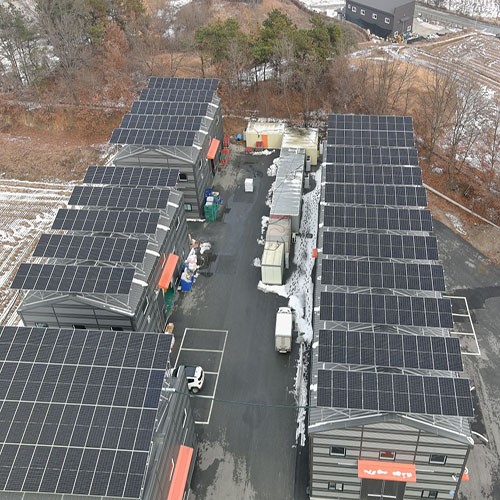
On large flat roofs, the ideal orientation for solar panels is facing south. However, when this isn't possible, an east-west configuration can still generate substantial solar energy. In an east-west system, the panels are arranged in a dual-tilt setup, with rows of panels placed close together at a 90° angle from the traditional south-facing orientation. This allows more panels to be installed in a smaller space, boosting energy production. This type of setup is known as an east-west dual-tilt solar ballast system.

Flat roof mounting systems come in various styles, including precast concrete options, providing flexible solutions for different installation needs.
- Industry News
- Company News
- blog
